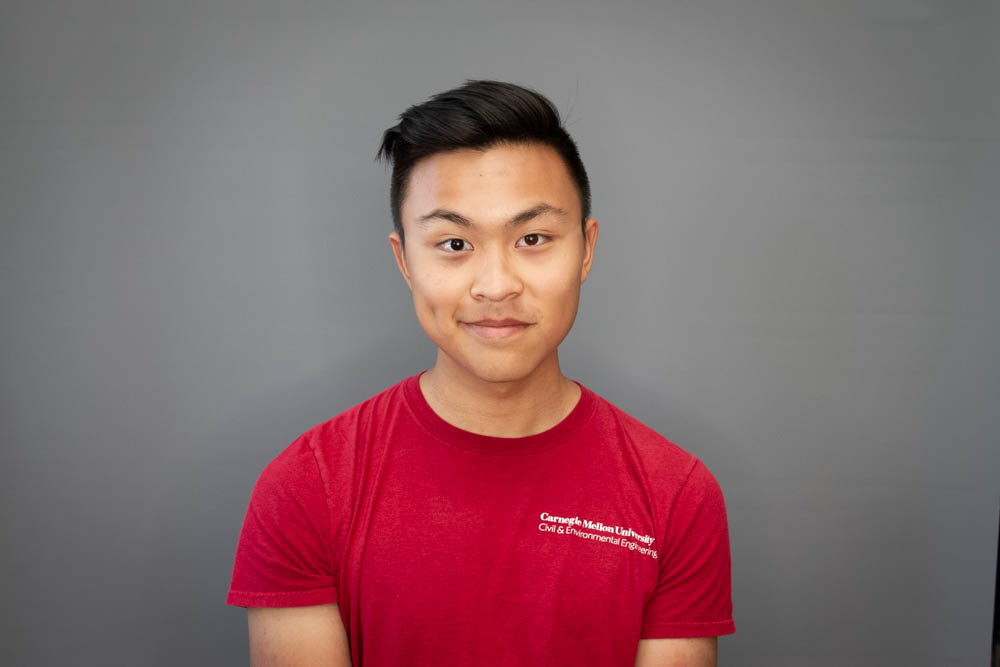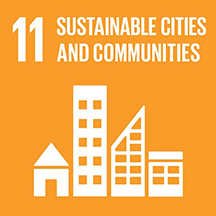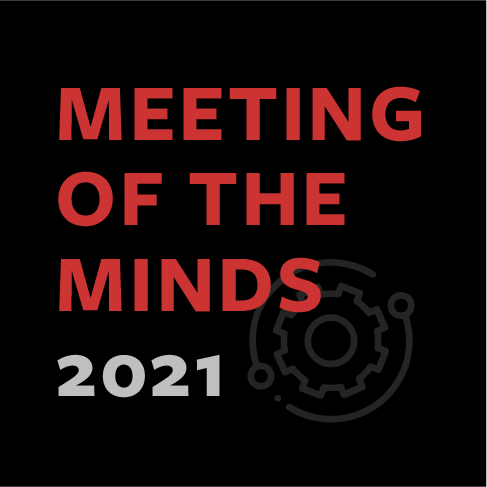
Rusali Presents: Using Molecular Science to Explore Urban Structure
Winding up his senior year at CEE, Ryan Rusali presented his College of Engineering Honors Research project titled Using Methods from Molecular Science to Explore Urban Structure: Fractal structures, length scales, and getting two very different fields to work together at the Meeting of the Minds undergraduate research symposium. Rusali’s project focuses on applying tools and methods from molecular analysis and simulation to urban textures in order to better understand the structure of cities.
“It's highly interdisciplinary, extremely novel, and combines a lot of different methods from both civil engineering and molecular science,” he says.
Rusali created the concept in collaboration with Professor Jerry Wang. “Professor Wang is very involved in molecular simulation/fluid dynamics research and he’d read some papers exploring the application of molecular science methodologies to urban spaces,” adds Rusali.
The project treated urban spaces as molecular structures—each building was an atom or particle while cities were larger molecular structures. This set-up allowed them to apply traditional molecular science methodologies to urban spaces and draw parallels between them.
“Our biggest discoveries were found through the use of a clustering analysis, a method that groups particles together based on a chosen clustering distance,” Rusali states. He explains that in the case of the City of Pittsburgh, the analysis placed different areas into the same cluster—separating them with a physical feature such as a wide road or river.
They discovered that—depending on the choice of clustering distance—neighborhoods, cities, or even regions of states became evident. “These boundaries have large effects on things like taxation, school districts, voting, and other government services,” Rusali explains. “We're hoping that this research will be able to add a new dimension to these considerations that might have been hard to quantify previously.”
Since 1995, undergrads have presented their research to the wider community through the Meeting of Minds symposium. A campus tradition, Meeting of the Minds was held virtually for the first time ever on May 12, 2021 due to the COVID-19 pandemic. Even in an online format, the energy and creativity of CMU’s students—and their mentors—shone through and placed a spotlight on the innovative research happening right here on campus.
Rusali says CEE prepared him well for his research project—and explaining that research in the public setting of Meeting of the Minds. He particularly cites the problem solving techniques in project courses, as well as Professor Mario Berges’ Data-Driven Building Energy Management class. “Without these experiences, it would have been very difficult to complete the research.”
He encourages current students to build knowledge and practical experience through research. “Anyone who is interested in doing a research project should definitely try it out! CMU is very open to undergrads both being part of existing projects or starting their own so give it a shot if it's something you might be interested in.”
 This story demonstrates CMU's work toward attaining Sustainable Development Goal 11 of the 17 Global Goals to create a more equitable and viable planet by 2030.
This story demonstrates CMU's work toward attaining Sustainable Development Goal 11 of the 17 Global Goals to create a more equitable and viable planet by 2030.
